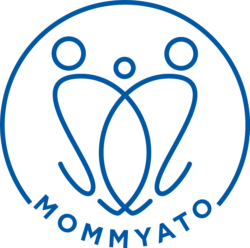Hey Mamas! Did you know that April 28th is a designated day to heighten awareness about workplace safety and health? For breastfeeding mothers who are
returning to their workplace, this is an important issue.
Long separations from your baby during work hours can affect breast milk production, even with the most diligent of pumping schedules and high quality breast pumps. But, challenges with employers to provide necessary breaks to express breastmilk, as well as less than desirable breastfeeding locations (say no to the bathroom!), can add significant stress to your postpartum body. The added stress can compromise your breastmilk supply and unintentionally shorten the period of time that you exclusively breastfeed your baby.
This is why it’s important to
know your protected rights about breastfeeding in the workplace.



